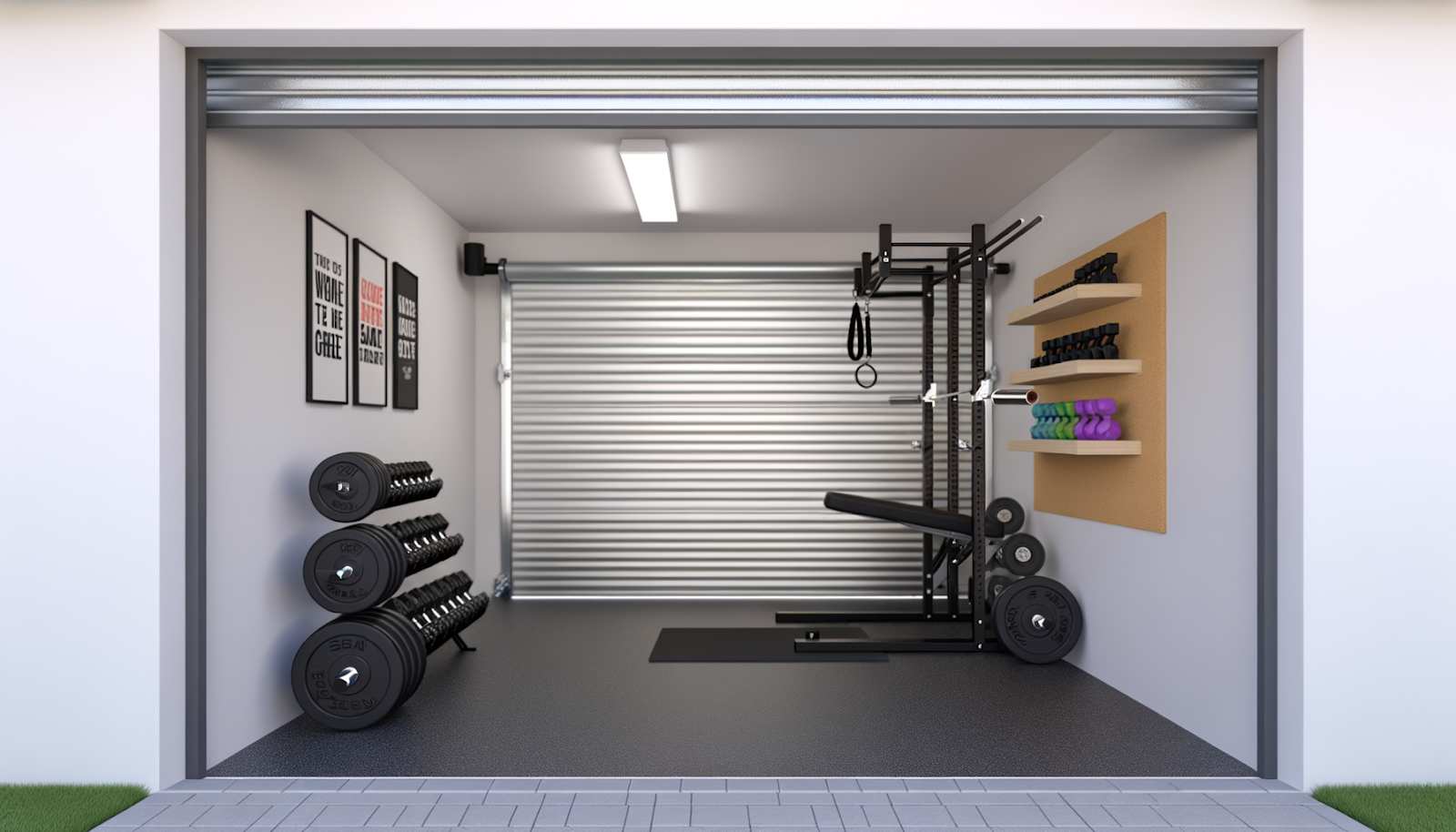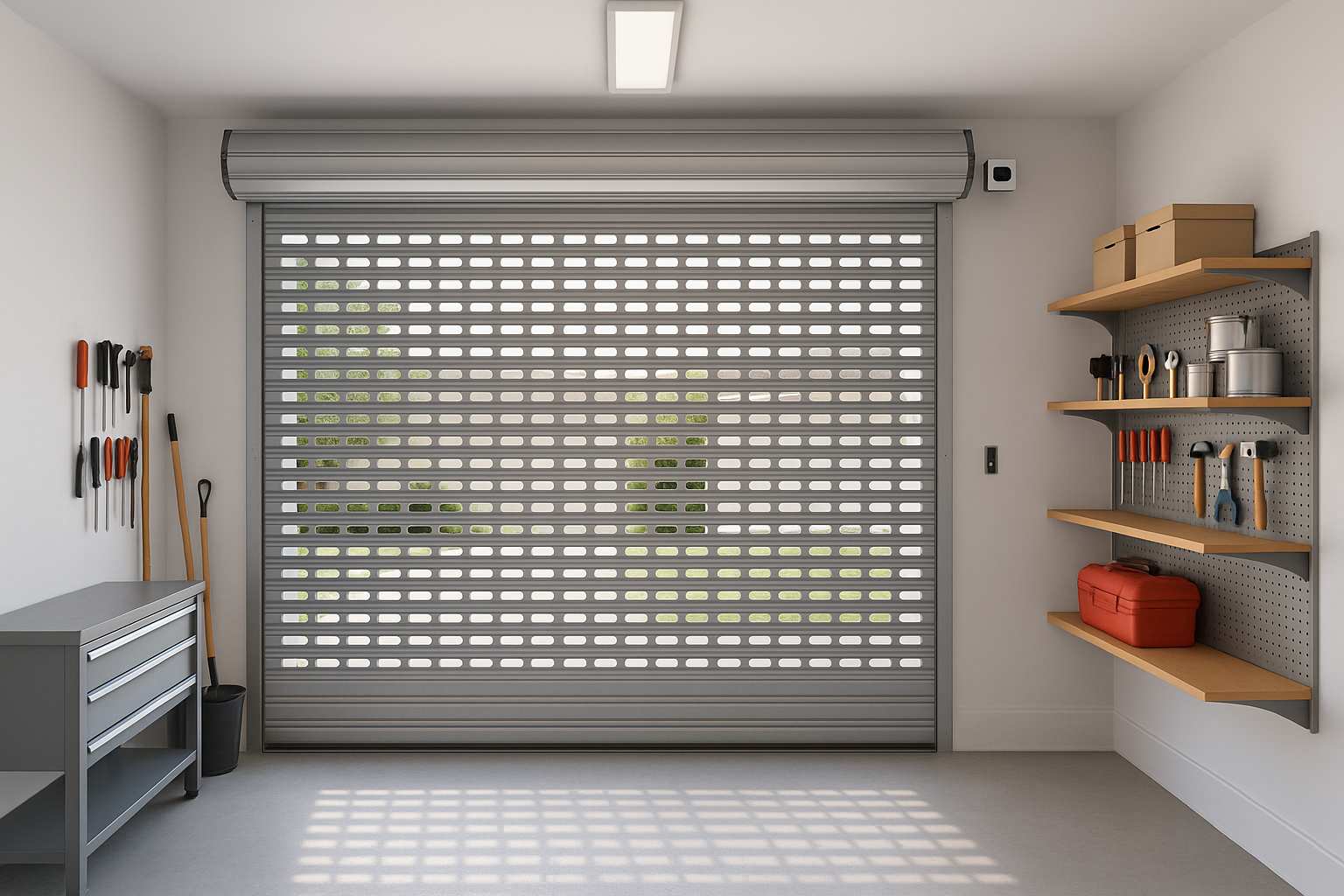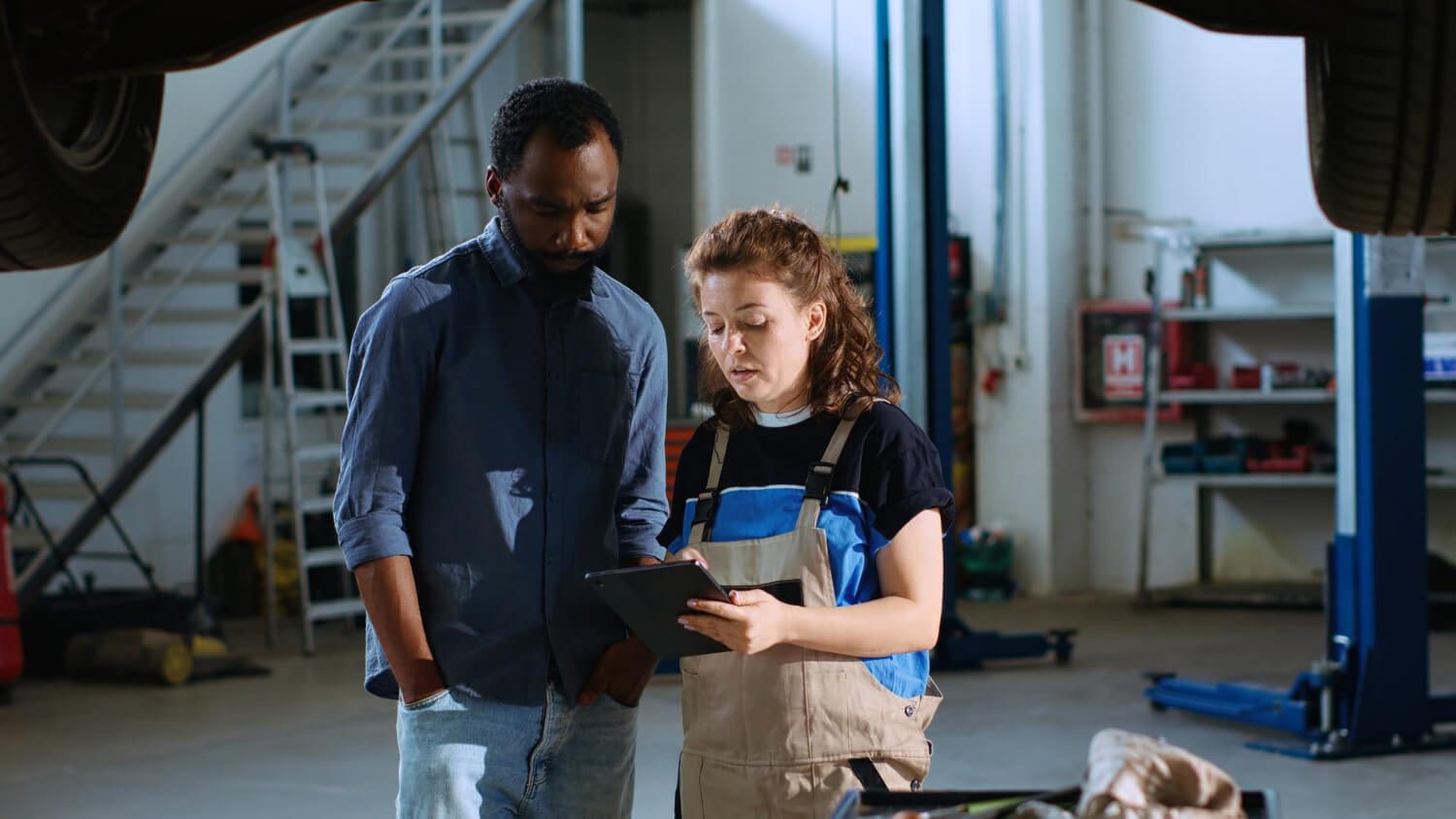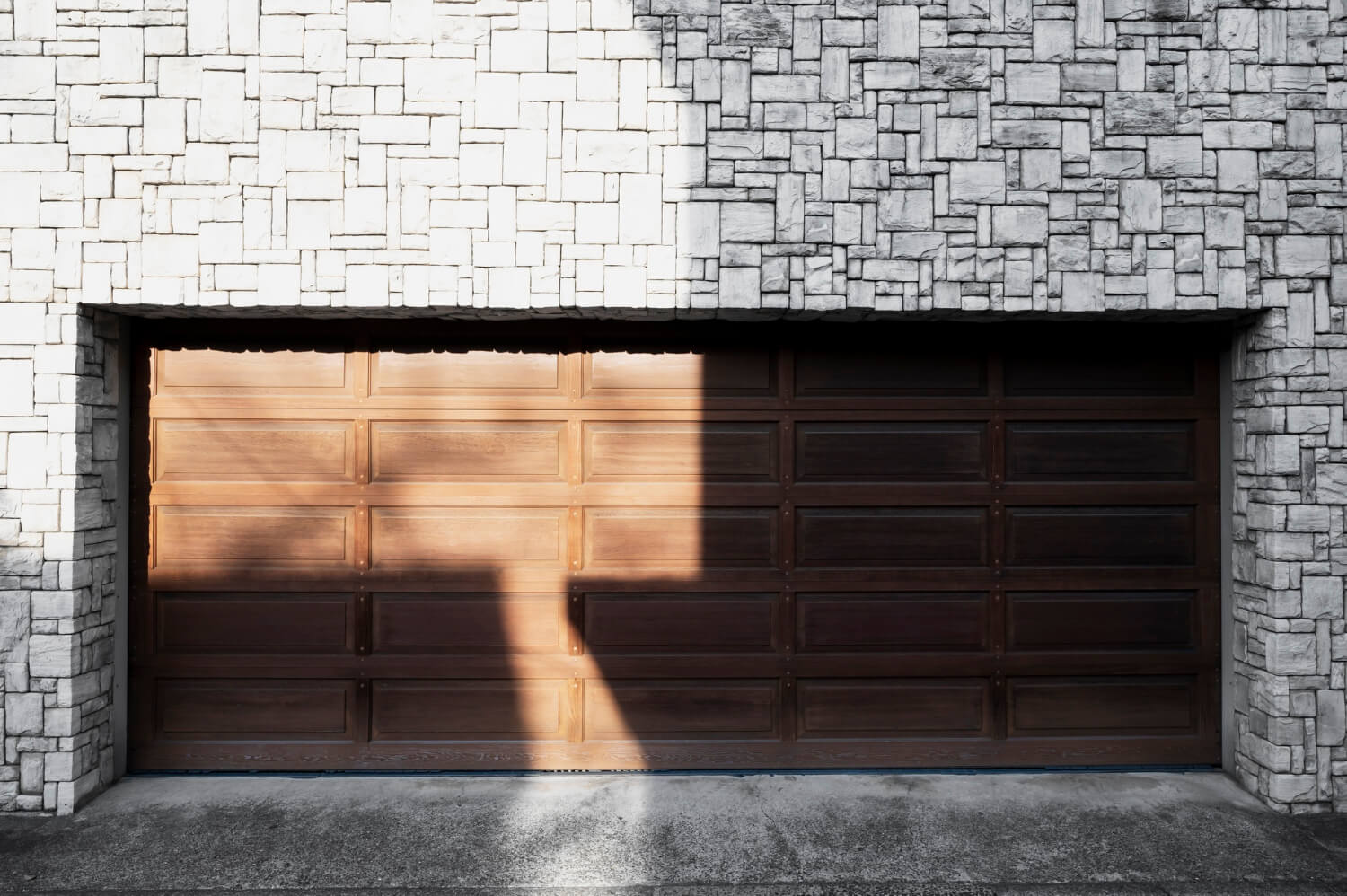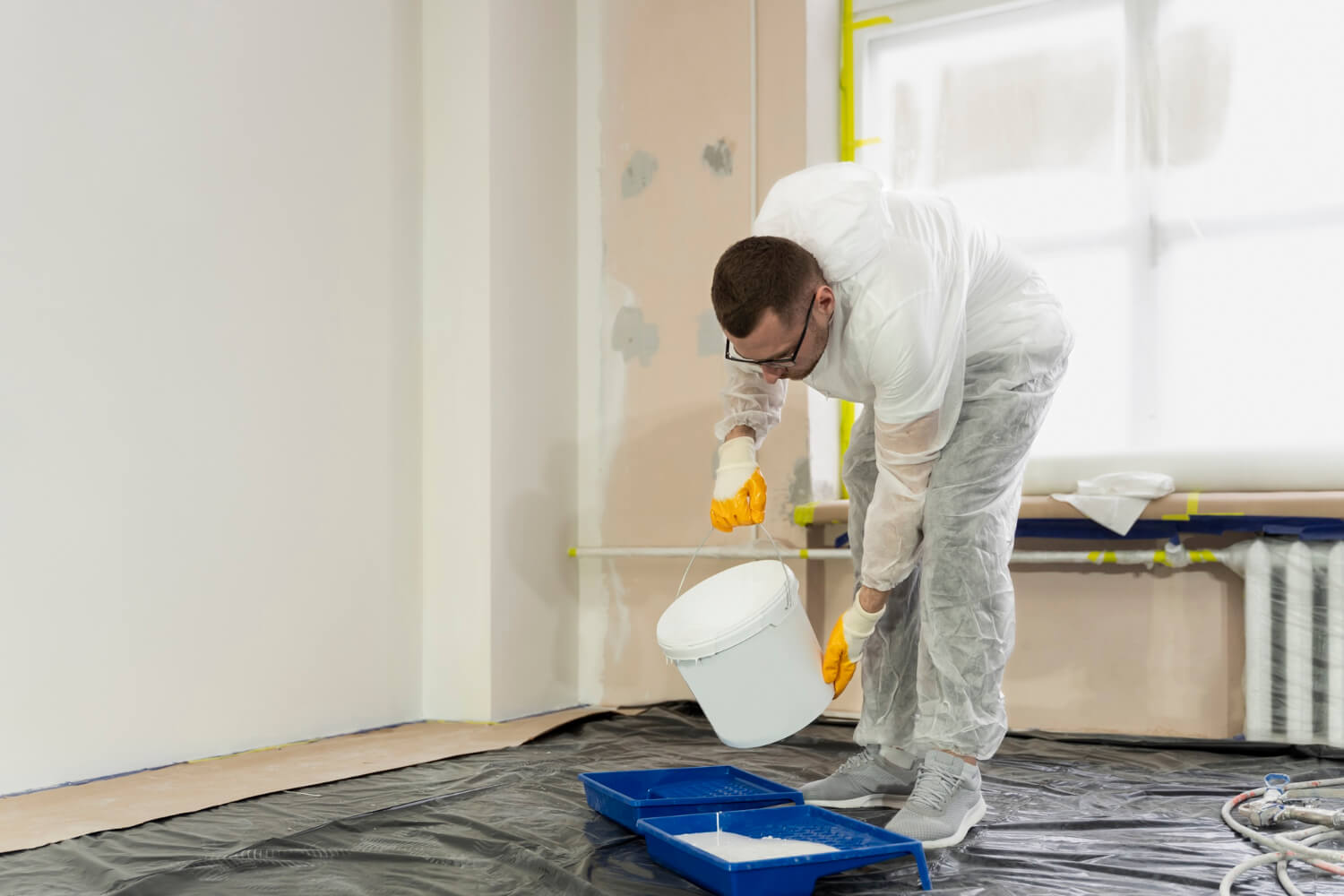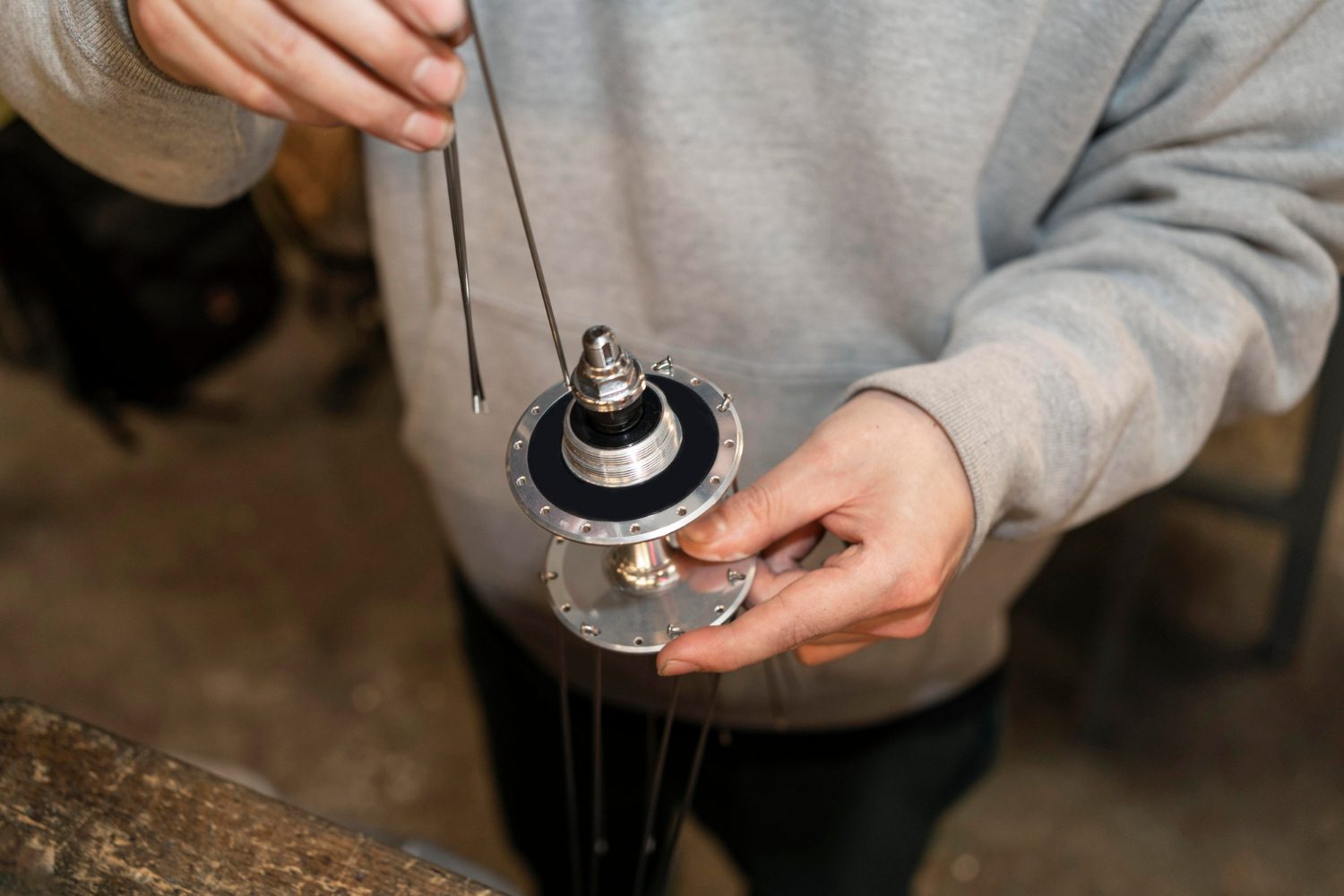G’day everyone! If you’re thinking about transforming your garage into a slick home gym, you’ve come to the right place. One thing folks tend to overlook in their excitement is the garage door. It’s not just there to keep the car safe; it’s crucial for ventilation, insulation, and noise control. Let’s dive into how you can choose the best garage door for your workout haven.
The Importance of the Right Garage Door in a Gym Setup
First off, turning your garage into a personal gym offers heaps of benefits: you save on gym fees, work out whenever you want, and you won’t need to worry about forgetting your towel at home. Since the pandemic, there’s been a boom in garage gyms, as more Aussies recognise the value of working out in the comfort of their homes. But the garage door? It’s an unsung hero.
Ventilation
Good airflow is essential, especially when you’re sweating buckets during a HIIT session. An electric roller door with vents can keep the air circulating nicely. If that’s over the top, even a door with horizontal slats can provide decent wind flow when you’re working out. You don’t want to end up gasping for air because your gym feels like a sauna.
Insulation
If you’re in South Australia, you know how quickly the weather can change. Insulated garage doors are worth considering to keep your workouts comfortable all year round. You’ll barely notice winter chills or the summer sizzling by. Look for thicker panels or doors with polyurethane insulation for the best results.
Noise Control
Got neighbours nearby? A solid garage door can keep your grunts and the clang of weights under wraps. It’s also a courtesy to others at home. Insulated doors help dampen sound, so you can focus on those intense sessions without fear of disturbing the peace.
Types of Garage Doors to Consider
Choosing the right type of door goes a long way in crafting the ideal garage gym environment. Let’s take a closer look:
Roller Garage Doors
These are really popular in Australia for a reason. They’re compact and don’t take up much space when open, which means more room for you to set up your gear. Plus, they generally offer good durability and can be fitted with insulation.
Sectional Garage Doors
These doors are made up of panel sections connected with hinges. They are a top choice if you’re looking for good insulation and aesthetic value. Sectional doors can be custom designed, have proper sealing, and can be insulated, making them ideal for a home gym setup.
Side-Hinged Garage Doors
A bit more traditional, and great if you’re after easy pedestrian access. They’re simple, robust, and can be modified for improved insulation. Just make sure there’s enough side space when it swings open.
Planning Your Garage Gym Space and Layout
Before diving into equipment, ensure your space is optimised. Here’s how you can make the most of it:
Clearing the Space
Chuck out all the non-essentials. Start with a tidy slate so you can decide how much equipment you can fit and where it’ll be situated. Think of how everything fits together, from your power rack to the storage for smaller equipment like dumbbells and bands.
Flooring
Good flooring is crucial to protect both your equipment and the garage floor. Rubber mats or interlocking tiles work brilliantly as they provide shock absorption, reduce noise, and offer a safe surface for exercising. It’s worth the investment.
Lighting and Ventilation
Besides the garage door providing ventilation, ensure you’ve got enough light. Whether it’s natural from a south-facing door or good quality LED lighting, it’ll improve your workout environment tremendously and make for safer training sessions.
Essential Equipment for Your Garage Gym Setup
Picking the right equipment is key for a versatile workout space that challenges you and stays within your budget. Here’s a selection I recommend:
Basic Strength Training Gear
- Barbell and Weight Plates: The backbone of any solid strength program includes a good barbell and a selection of weight plates.
- Dumbbells: Adjustable ones are space savers and provide a wide range of exercises.
- Rack or Stand: A sturdy power rack is invaluable for squats, bench presses, and as a storage spot for your weights.
- Bench: Adjustable benches are great for various exercises like presses and step-ups.
- Pull-Up Bar: Handy for upper body strength; can mount from the ceiling or wall.
Cardiovascular Equipment Options
Not everyone’s cup of tea, but if you can fit it in:
- Treadmill or Rowing Machine: Both are fantastic for cardio, though if space is tight, consider outdoor activities or HIIT with bodyweight exercises indoors.
Functional Fitness Equipment
- Kettlebells: Ideal for dynamic movements and improving overall strength and agility.
- Resistance Bands: Simple to store, and a great complement for bodyweight exercises and stretching.
- Plyometric Box: Useful for more dynamic exercises like box jumps and step-ups.
Maximising Your Garage Gym Investment
You don’t need to spend an arm and a leg to establish a top-notch gym. Here are a few money-smart tips:
Invest in Quality and Versatility
- Prioritise quality with your investment—spending more on durability saves in the long run.
- Opt for equipment that can handle multiple exercise types, such as adjustable dumbbells and resistance bands that won’t hog space.
DIY and Repurpose
Sometimes you don’t have to buy everything new. Use wooden pallets for plyometric training, or repurpose old furniture to store your gear.
Organising and Personalising the Space
- Install shelves and hook systems to keep everything tidy.
- Consider adding some mirrors so you can keep an eye on your form (and your gains!).
- Personalise with motivational posters, a good sound system, or anything that keeps you pumped for your workout.
Maintaining and Enjoying Your New Home Gym
Your garage gym is more than just steel and sweat; it’s your personalised fitness sanctuary. Here’s how to maintain it:
- Keep it clean and wipe down equipment after each session.
- Regularly check and maintain equipment for wear and tear.
- Continuously enhance and personalise your space for motivation.
Embrace the versatility and convenience of your home gym and enjoy every workout. Remember, the right garage door can make all the difference in ensuring your gym remains comfortable, functional, and ultimately, a space you look forward to using.
Building out your garage gym is not just an upgrade to your fitness journey, it’s a lifestyle change that brings workout right to your home garage doors in a space where you’re the ultimate decision-maker. So, put in the effort, and reap the rewards!

